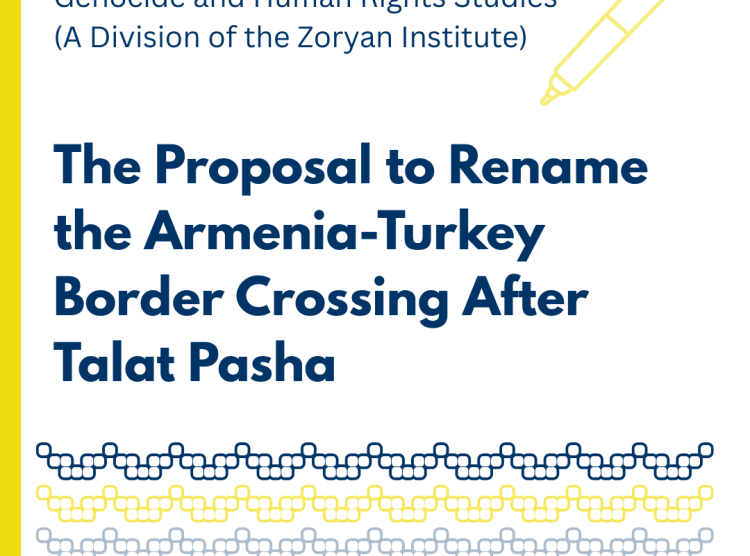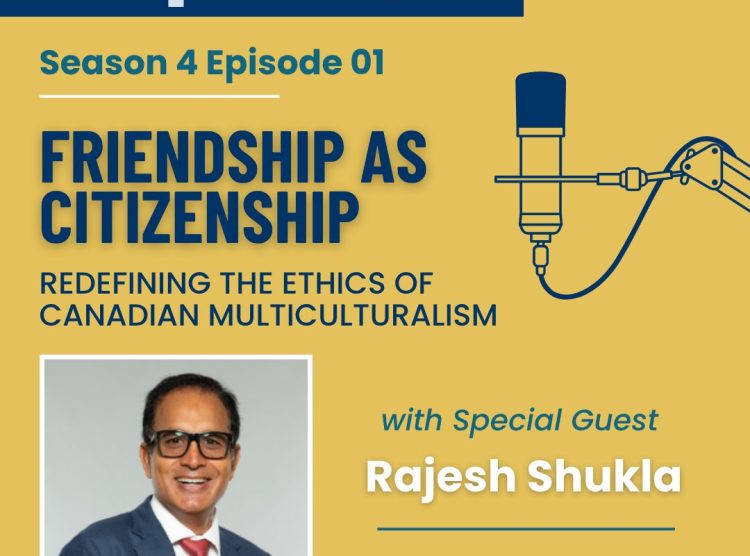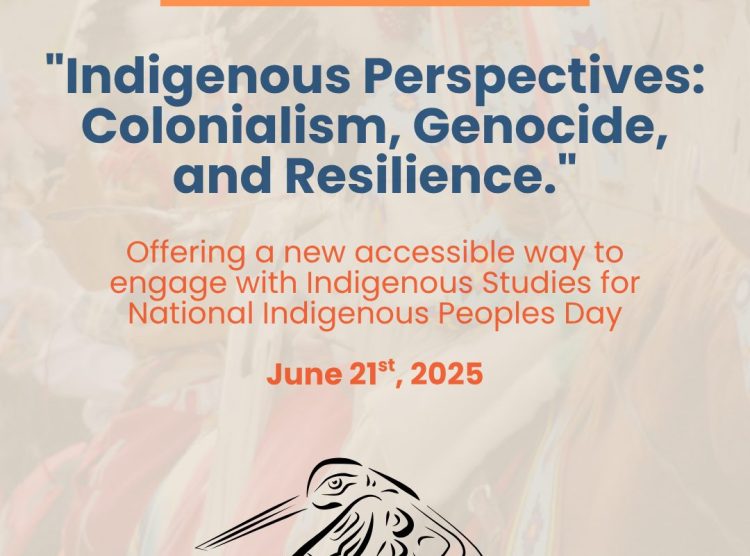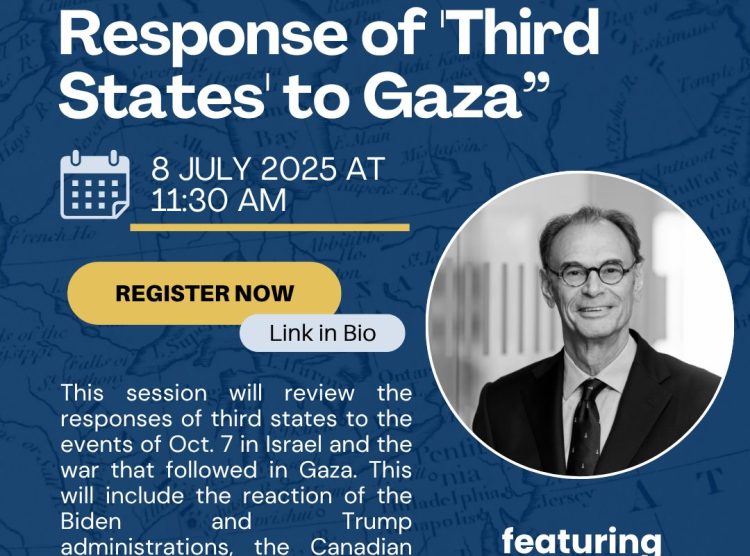This Women’s History Month the Zoryan Institute shared the stories of four women who have either experienced genocide and mass violence or work adjacent to these experiences. Each of these women demonstrates incredible resilience and strength, often re-living their own trauma, to raise awareness, educate and prevent future atrocities.
We began with the story of Aurora Mardiganian. Aurora was only 14 when she lost everything during the Armenian Genocide. She managed to escape to the United States in 1917 at age 16, and soon became the face of the biggest humanitarian campaign of that era to help Armenian orphans, raising more than 30 million dollars for the cause.
Aurora’s story is a universal story of humanity and sacrifice. It is the story of a brave woman who refused to be a victim and used her voice to be a fighter for human rights and justice.
Since Aurora, many incredible women around the world have followed in her footsteps. Throughout the month we have had the pleasure of introducing you to some of these women and we encourage you to watch the below videos to hear even more!




